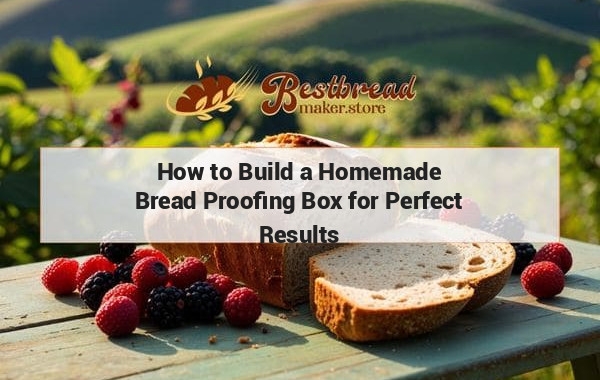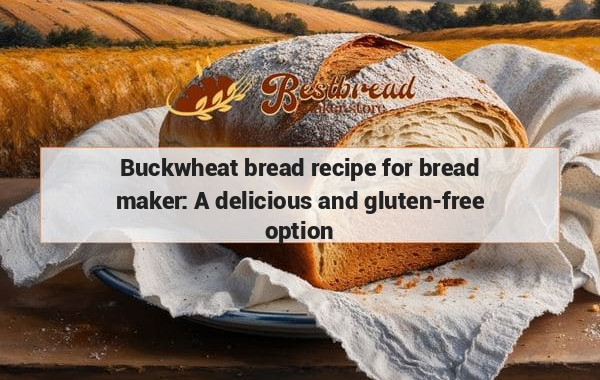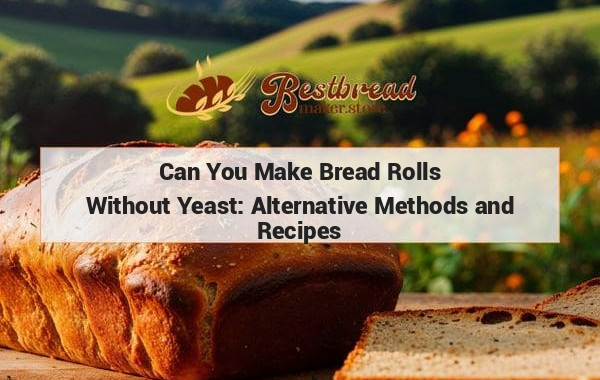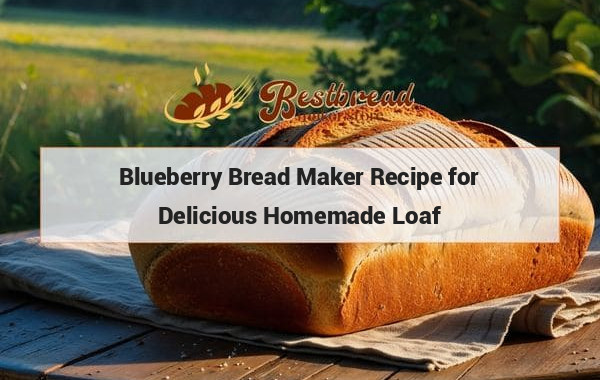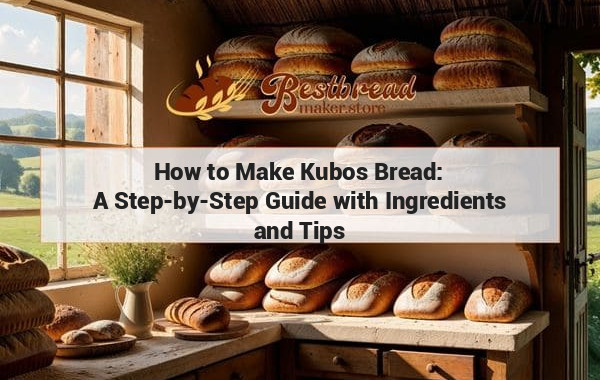How to Build a Homemade Bread Proofing Box for Perfect Results
To make a bread proofing box, you can repurpose an old cooler by placing a small bowl of hot water inside to create a warm, humid environment for the dough to rise. Alternatively, you can use your oven by preheating it slightly, turning it off, and then placing the dough inside to proof. This DIY method helps to control the temperature and humidity required for optimal bread rising.
How to Make a Bread Proofing Box
Proofing is a critical step in bread making that allows the dough to rise and develop its flavor. Creating a perfect proofing environment can significantly impact the quality of your bread. A homemade bread proofing box offers a simple, affordable solution for ensuring consistent temperature and humidity, crucial for an optimal rise.
Key Takeaways:
A bread proofing box helps control temperature and humidity for perfect bread rise. Using common household items like a plastic container and a thermometer, you can create an effective proofing environment at home.
Why a Bread Proofing Box is Essential for Baking
Bread proofing requires a controlled environment to achieve consistent results. The dough rises best when it's kept at a warm and humid temperature, usually between 75-85°F. If you proof in an environment that’s too cool or dry, your dough may not rise properly, leading to dense or flat bread. A proofing box is a simple yet effective way to manage these conditions.
The Importance of Temperature and Humidity Control
Temperature and humidity are the key factors in successful bread proofing. Maintaining the right warmth ensures the yeast activates and ferments the dough properly. Adding humidity helps prevent the surface from drying out, allowing the dough to expand smoothly.
How Temperature Affects Proofing:
Yeast thrives in warmth but can become inactive if the temperature is too low or too high. A proofing box maintains a stable environment where the yeast can ferment the dough effectively, resulting in a light, airy bread.
How Humidity Plays a Role:
Without enough humidity, the dough’s surface can dry, forming a crust that restricts expansion. A proofing box provides the perfect humidity level, ensuring your dough remains soft and pliable.
How to Build a Simple Bread Proofing Box
Creating a bread proofing box at home is straightforward. You only need a few basic materials and some creativity. This method is cost-effective and easy to customize to fit your needs.
Materials Needed
- Plastic Storage Container: Choose a container large enough to fit your bowl of dough and leave some space for airflow.
- Thermometer: An accurate thermometer is essential for monitoring the temperature inside the box.
- Water Source: A small bowl or damp cloth can be used to add humidity to the container.
- Light Bulb or Heating Pad (Optional): If you want to maintain warmth in cooler climates, a low-wattage light bulb or a heating pad can be used.
Step-by-Step Instructions
Prepare the Container:
Place your plastic storage container in a warm area of your kitchen. It should be large enough to comfortably hold your bowl of dough with some extra space.Add a Water Source:
To create humidity, place a small bowl of warm water inside the container. Alternatively, a damp cloth can also work. This keeps the environment moist, preventing the dough’s surface from drying out.Control the Temperature:
Use a thermometer to monitor the internal temperature. If the room is too cool, you can use a small light bulb or a heating pad placed underneath the container to gently warm the space. Ensure it’s not too hot—between 75-85°F is ideal.Place the Dough Inside:
Put your bowl of dough inside the container and cover it with the lid. Check periodically to ensure the temperature and humidity remain stable.Monitor and Adjust:
Keep an eye on the thermometer and add more warm water or adjust the light source as needed to maintain the correct temperature.
By using this setup, you can maintain a consistent and optimal proofing environment without purchasing an expensive appliance.
Enhancing Your Proofing Box for Better Results
While a basic proofing box works well, there are ways to improve it further for more efficient results. These enhancements make it easier to maintain precise temperature and humidity levels, ensuring consistent bread quality.
Adding a Temperature Regulator
To avoid fluctuations, especially in cooler environments, a temperature regulator can be a valuable addition. This device connects to your heating pad or light source and helps maintain a set temperature inside the proofing box. It’s particularly useful if you bake bread frequently and need reliable conditions.
Using a Hygrometer for Humidity Control
For serious bakers, a hygrometer can be installed to measure humidity levels accurately. By knowing the exact moisture level inside your box, you can make precise adjustments, such as adding more water or adjusting ventilation.
Alternatives to a Homemade Proofing Box
If building a proofing box doesn’t suit your needs, there are other ways to proof bread effectively at home. Some of these methods might already be available in your kitchen.
Using the Oven Method
An easy and common alternative is to use your oven as a makeshift proofing box. Preheat your oven at the lowest temperature for a few minutes, then turn it off. Place your dough inside, along with a bowl of warm water to add humidity. Keep the oven door closed to maintain the warm environment.
Microwave with Water
Another simple method involves using your microwave. Heat a cup of water for a couple of minutes, then place your dough next to it. The steam will create a warm, moist environment ideal for proofing.
Selecting the Right Bread Maker for Optimal Proofing
For those looking to simplify the process, modern bread makers often include built-in proofing settings. These machines are designed to maintain the perfect temperature and humidity levels automatically, taking the guesswork out of proofing.
When selecting a bread maker, consider models with programmable settings that allow you to adjust proofing times and temperatures. This feature is especially useful if you bake different types of bread, as various recipes require specific conditions.
To find the best bread maker, check out bestbreadmaker.store for reviews and recommendations. This site offers expert insights on various models, helping you choose one that suits your baking needs.
Frequently Asked Questions
1. Can I proof bread without a proofing box?
Yes, you can use your oven or microwave as a proofing box. Simply create a warm environment with steam using a bowl of water, and your dough should rise effectively.
2. How do I know if my dough has proofed enough?
A simple way to check is the "poke test." Gently press your finger into the dough; if the indent springs back slowly, the dough is ready. If it doesn’t spring back, it needs more time.
3. Is it safe to use a heating pad in a proofing box?
Yes, but make sure it’s set to a low temperature and monitor it with a thermometer. Never leave the setup unattended for extended periods to avoid any safety hazards.
4. What is the best temperature for proofing bread?
The ideal proofing temperature is between 75-85°F. This range allows the yeast to activate efficiently without killing it, ensuring a consistent rise.
5. Can I proof multiple doughs at once in my homemade proofing box?
Yes, as long as your proofing box has enough space and the conditions remain consistent. Just ensure each bowl has enough space around it for proper airflow.
By following these tips and using simple tools, you can create an effective bread proofing box at home, ensuring that every loaf you bake achieves the perfect rise and flavor. For those interested in a more convenient approach, consider investing in a bread maker with proofing capabilities. Remember to explore bestbreadmaker.store for the best options available.

